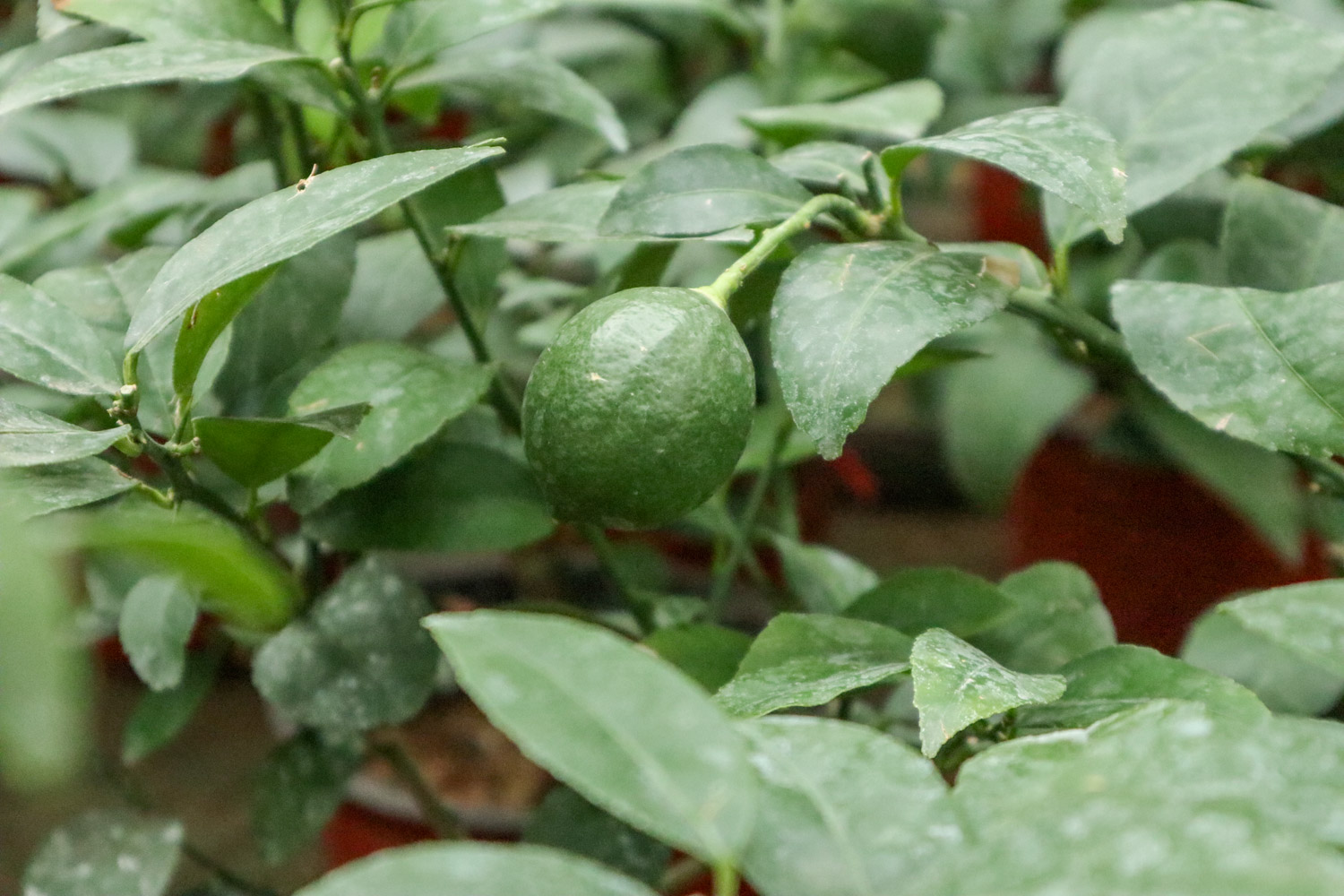1、 Breeding method
1. Soil: lemon is suitable to grow in acid soil with good air permeability and drainage. A certain amount of rotten leaf soil can be added to the garden soil to increase the nutrients of the basin soil. The basin bottom can also be paved with river sand to strengthen the drainage function. The soil should be changed around April every year. When changing the soil, a little cake fertilizer can be added as the base fertilizer
2. Light: Lemon grows in subtropical areas, so it needs sufficient light and warm climate. In addition to proper shade in summer, it can see light for a long time in other times, which can not only help it carry out photosynthesis, but also increase its temperature

3. Watering: lemon has a high demand for water in the fruiting period. Especially when spring shoots are sprouted, watering must be timely to avoid soil drought. When the fruit is still small, keep the basin soil moist and let it have sufficient water absorption
4. Fertilization: lemon can be fertilized 3-4 times a year. Apply spring fertilizer once from February to march to help it grow healthily and promote flowering. After anthesis, urea was applied once to promote the growth of fruits. Then apply compound fertilizer once in autumn to help the fruit expand. After picking the fruit, apply organic fertilizer once so that it can recover quickly

2、 Reproductive skills
1. Sowing: lemon is usually propagated by sowing method. Choose a strong fruit tree, pick the fruit after it is mature, and place it for a few days. You can also wait until spring. Seed should be sown immediately after taking, and it is not easy to germinate after losing water
2. Grafting: grafting is also more suitable for lemon tree reproduction, with a high survival rate. It is generally carried out in spring and autumn, with spring shoots or autumn as scions and inserted into the incision of rootstock. Then bind it with adhesive tape, water it and wait for it to germinate

3、 Pest control
1. Diseases: common diseases include anthrax, yellow spot, etc. it is necessary to strengthen water and fertilizer management, pay attention to ventilation, remove diseased branches and leaves, and control them with drugs
2. Insect pests: there are many scale insects and whiteflies, which can be wiped off with a wet cloth and sprayed with pesticides

 jackfruit
jackfruit snake plant
snake plant hibiscus
hibiscus hydrangea
hydrangea lavender
lavender Green roses climb al...
Green roses climb al... If you don't pay att...
If you don't pay att... Management of four g...
Management of four g...

































